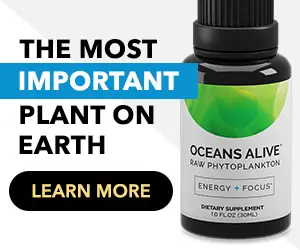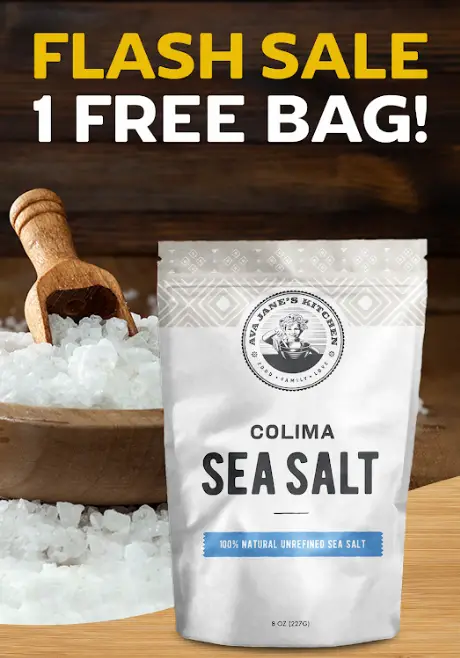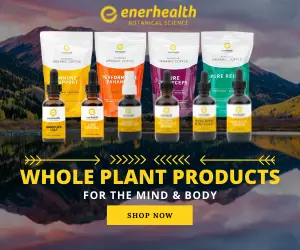
There’s no way to sugar coat this: industrialized, pasteurized and GMO-fed dairy products are far from ideal when it comes to health. For many of us, almond milk seems like the perfect replacement.
It turns out it may not be the case, at least considering the way commercial almond milks are being made.
While almond milk has gained a solid reputation as a healthy planted-based alternative, there are more than a few things you need to know about this beverage that most consumers are still not aware of because of the way the product is marketed and advertised.
All of which of course beg the question: shouldn’t this product actually be called almond water instead?
Most almond milks contain very little actual almonds according to one industry insider. Many also contain carrageenan to add to the drink’s thickness which has been linked to digestive problems and more.
How Many Almonds Are Actually in Your Almond Milk?
Although almond milk does not necessarily have the harmful cocktail of antibiotics, growth hormones, and the health hazards of factory farming, it turns out it actually offers very little in terms of true nutritional value.
If you’re currently drinking a glass of fresh almond milk, you may want to put it down, because this may actually infuriate you: it turns out that a half gallon carton of almond milk contains less than handful of almonds.
To be precise: one analysis of UK almond milk brand Alpro revealed that almonds only make up 2% of the total drink.
And when it comes to big brands in the U.S. whose bottom lines are skyrocketing, the formulations might not be a whole lot different: one spokesperson for the Almond Board of California said that ingredient combinations are “pretty similar” among UK and US almond milks in this article from Business Insider.
You read correctly, only 2% of almond milk is almonds. I think a more appropriate term should be “colored water that may contain a hint of almond.”
But at least it doesn’t have any of the deadly side effects of massed produced dairy products, you might say.
Yeah, but it offers very little else.
It even robs almond milk of the main reason why almonds are so amazing: they’re an amazing vegetarian source of protein. If almond milk has basically no almonds, it’s just an illusion of a “healthy drink” stuffed full of synthetic vitamins the body can barely even process.
If this were only one rogue almond producer cutting corners, this would not be such a big issue. However, when contacted by multiple news outlets, almond growers and processors have revealed that this 2% ration recipe is the industry standard across the board.
How Almond Milk Stacks Up to Regular Almonds
The short answer is that almond milk simply doesn’t stack up to regular almonds.
One study revealed that a standard serving of almonds contains roughly 160 calories. A whole cup of almond milk? Just a measly 30 calories, since it doesn’t have a whole lot of actual substance to it.
And when it comes to the selling point of protein it’s simply depressing. A standard serving of almonds holds 6 grams protein and 14 grams of healthy fat.
A cup of almond milk, on the other hand, only has 1 gram of protein and 2.5 grams of healthy fat.
In other words, to get the same nutritional value as a single serving of almonds from almond milk you would have to drink roughly a carton instead of one cup.
No one loves almond milk that much.
In fact, mass produced almond milk needs a moniker more worthy of its ingredients: multivitamin water with illusions of grandeur.
Where to Find Real Almond Milk
I’d suggest sticking to local artisanal smoothie bars, health food stores and raw food places that actually make their own almond milk on site. Alternatively, if you have the right hardware (most blenders work), you can make your own almond milk at home rather quickly.
The standard online ratio for most online almond milk recipes: one cup of almonds per half gallon.
Sounds way better than just 2%, right?
This article was written by guest writer Edgar Valderrama.
Thanks for installing the Bottom of every post plugin by Corey Salzano. Contact me if you need custom WordPress plugins or website design.











